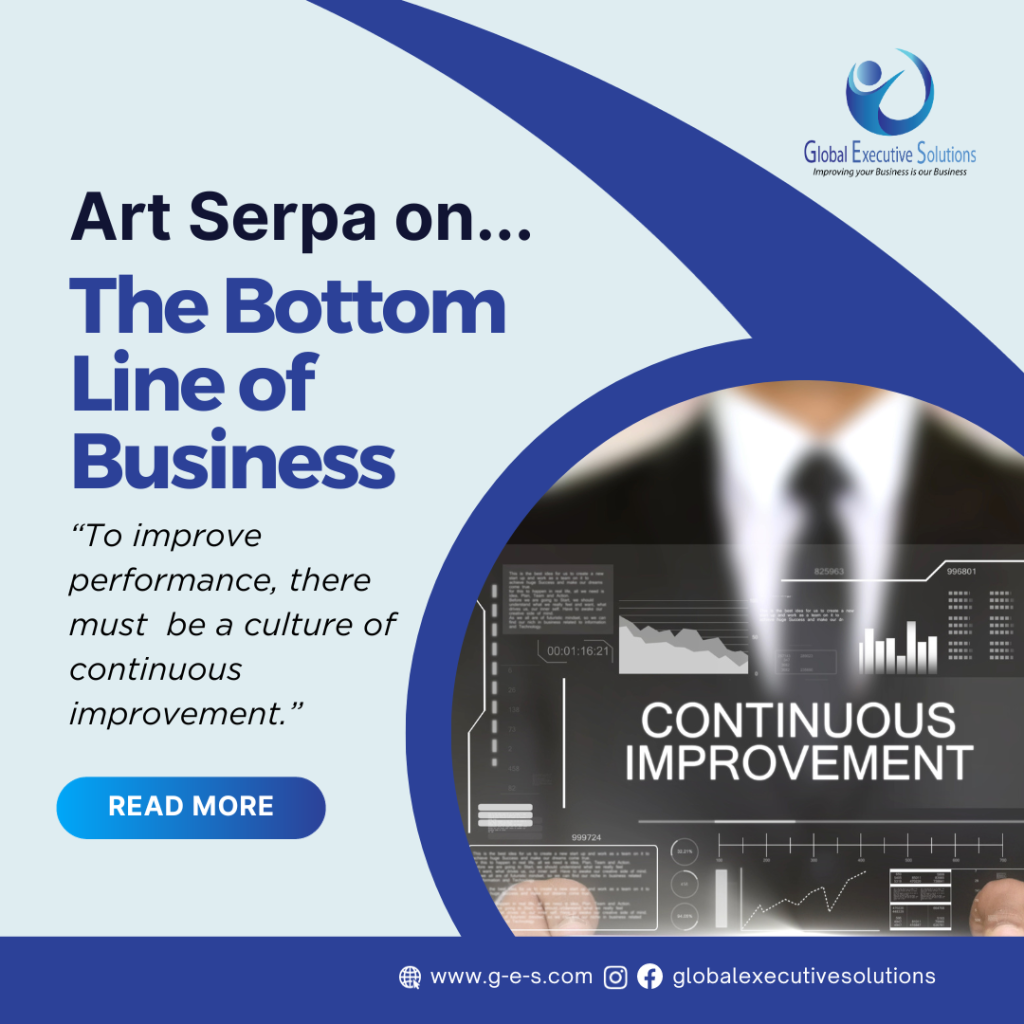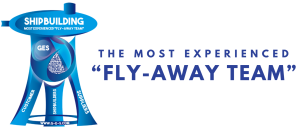
During the construction of the Lewis and Clark Class of ships for the Navy, a shipbuilding program at General Dynamic’s NASSCO shipyard in San Diego, California, we found ourselves with a problem. The first ship built had cost overruns of almost double the budget and the ship was not going to make the scheduled delivery date. At the same time, there was a management team change at the senior level. The new president tasked several people from various General Dynamics business units to join his team. The team’s common goal was to improve performance in the areas of safety, quality, schedule, and cost. I was assigned as VP of Operations on the new management team.
I practiced a hierarchy of goals with Safety, Quality, Schedule, and Cost as focus areas during my managerial career. But to improve performance there must be a culture of continuous improvement. This focused on learning by reviewing the process of how work is accomplished and finding the “one best way” to do it the next time.
Finding the best practice starts with a hard look at actions that do not meet the expected results. One way to find the root cause of process failure is to do a “hotwash” or analysis of what went wrong and define a corrective action to be taken to improve. From there, we developed a production learning curve where the goal was to reduce the cost of each ship. This was an operations goal; doing the work for fewer hours, and we did that through continuous improvement. We were constantly reflecting: what can we do better? The Continuous Improvement Program had 14 separate groups, one of which presented weekly on ways to improve business. This led to a learning curve trend on this class of ships; on 14 ships we developed a 72% learning curve which is the best in the industry. We were proud to report that we achieved the company’s objectives on the Lewis and Clark Class of ships.
To read more articles, go to www.g-e-s.com.
